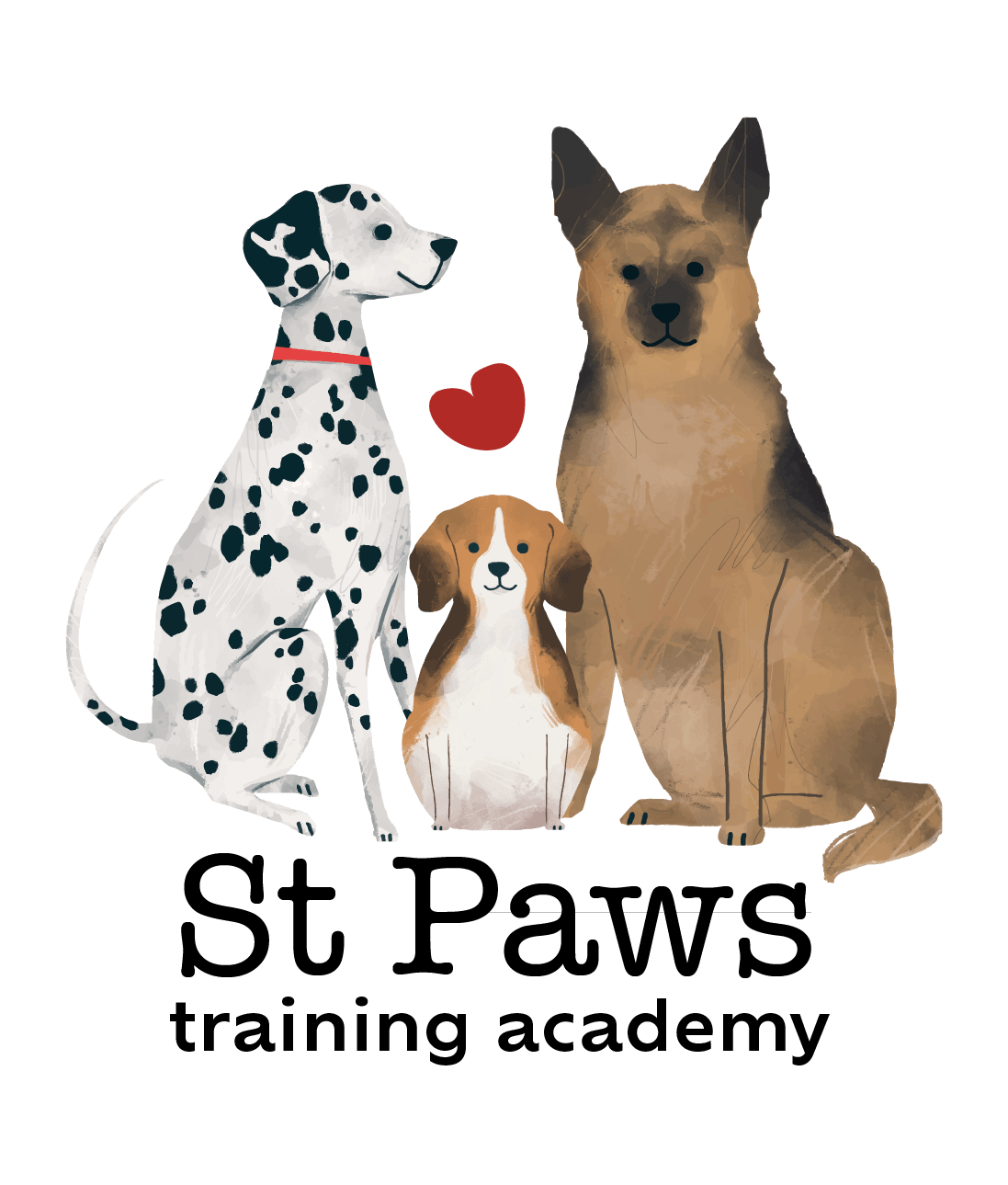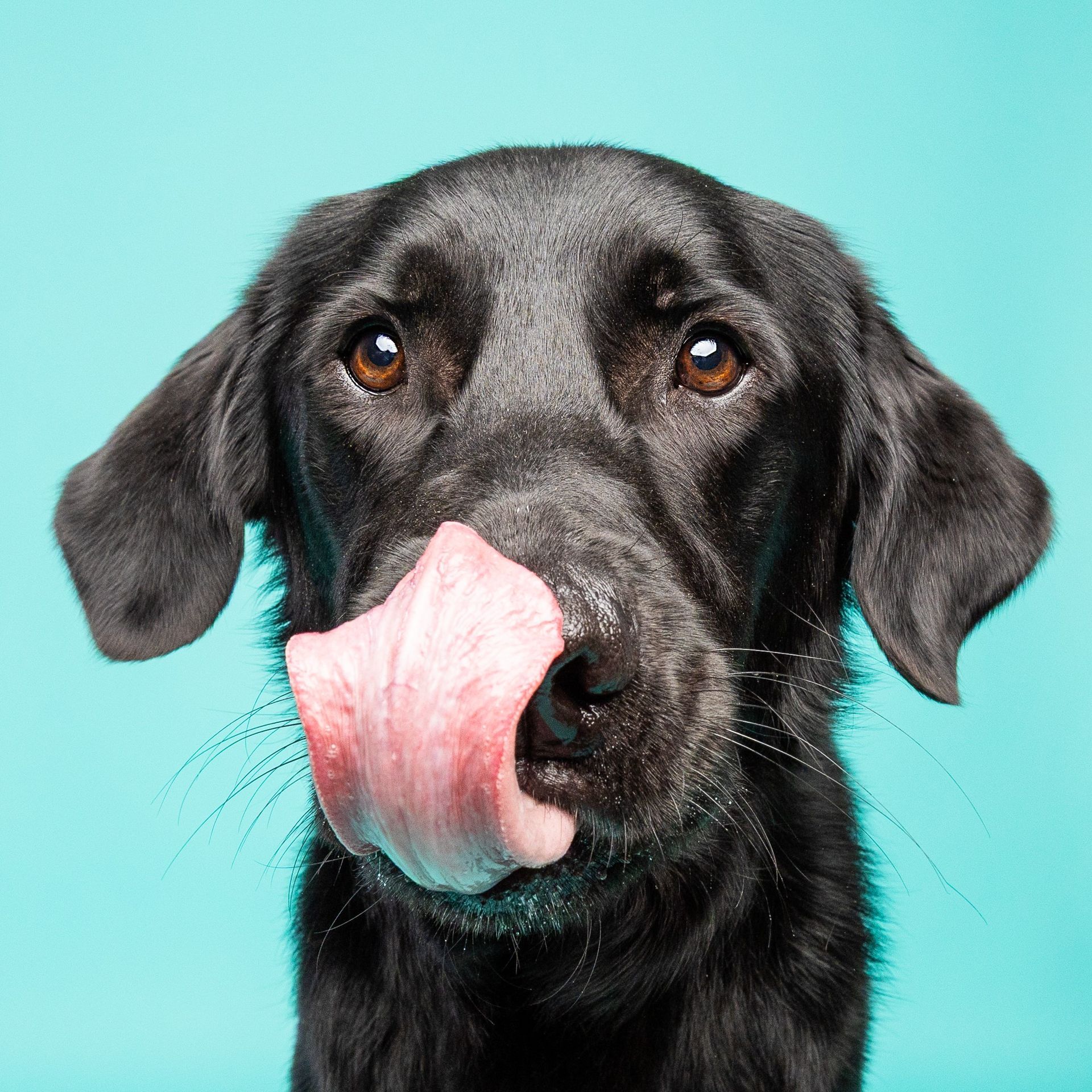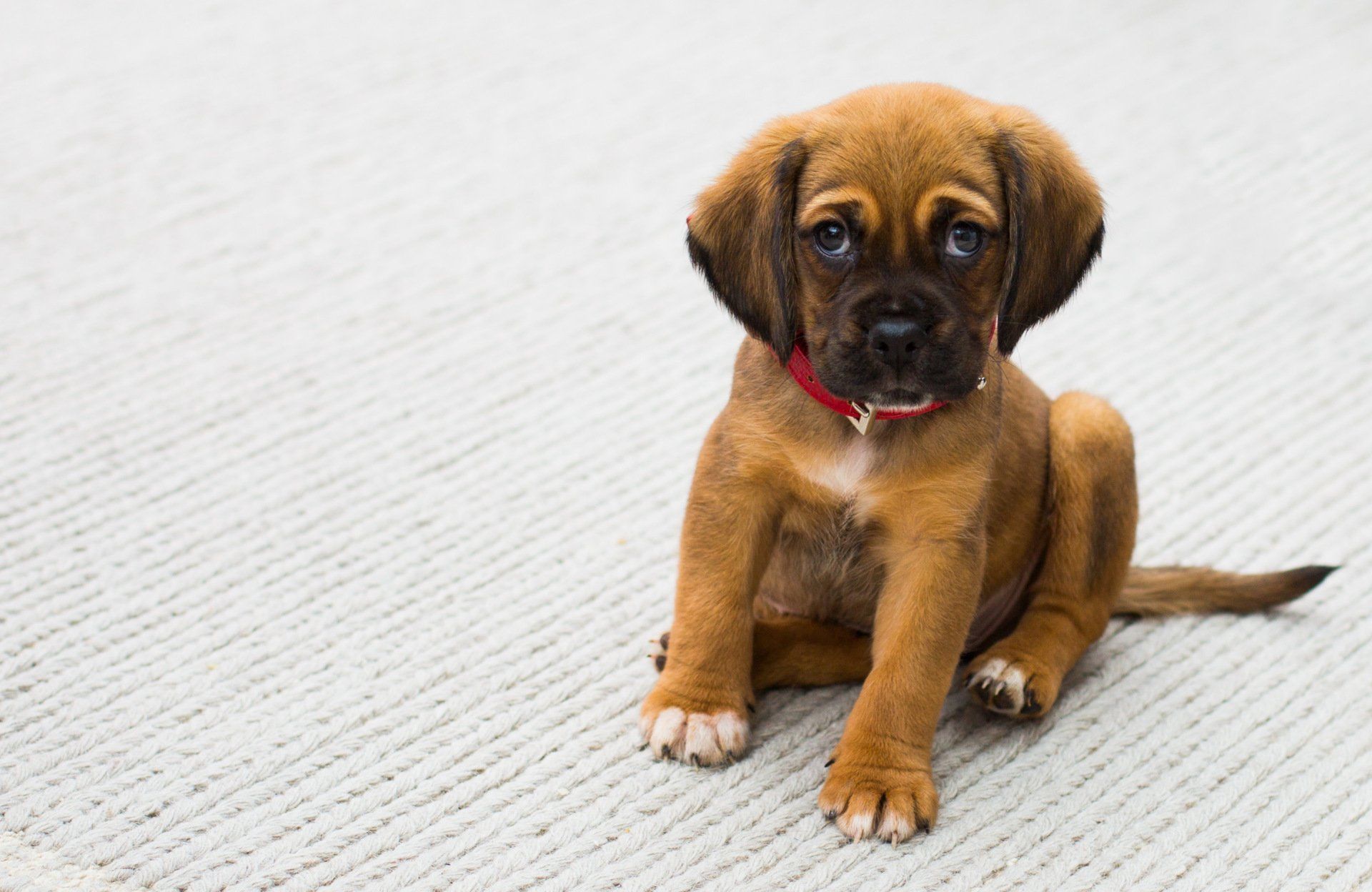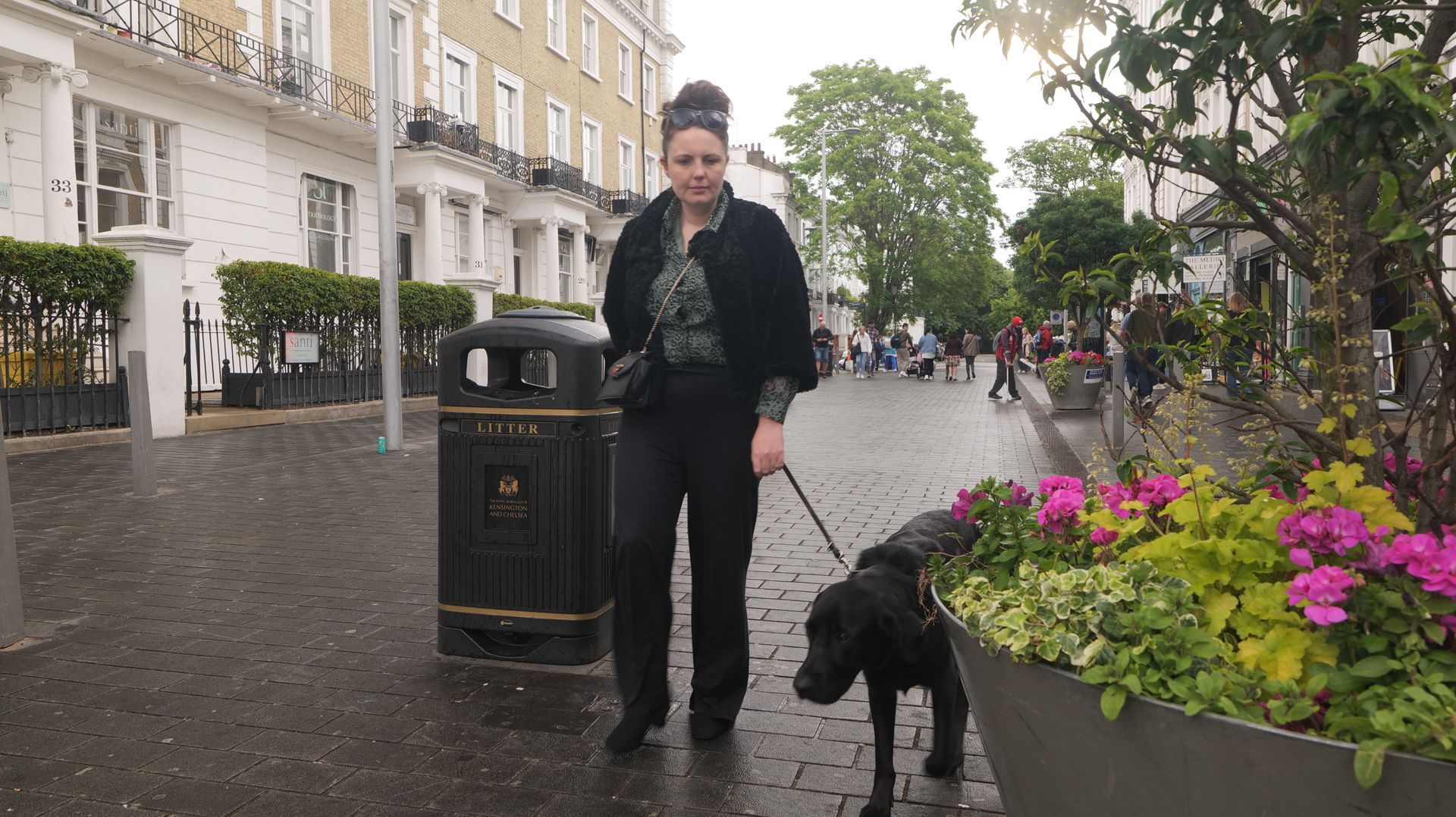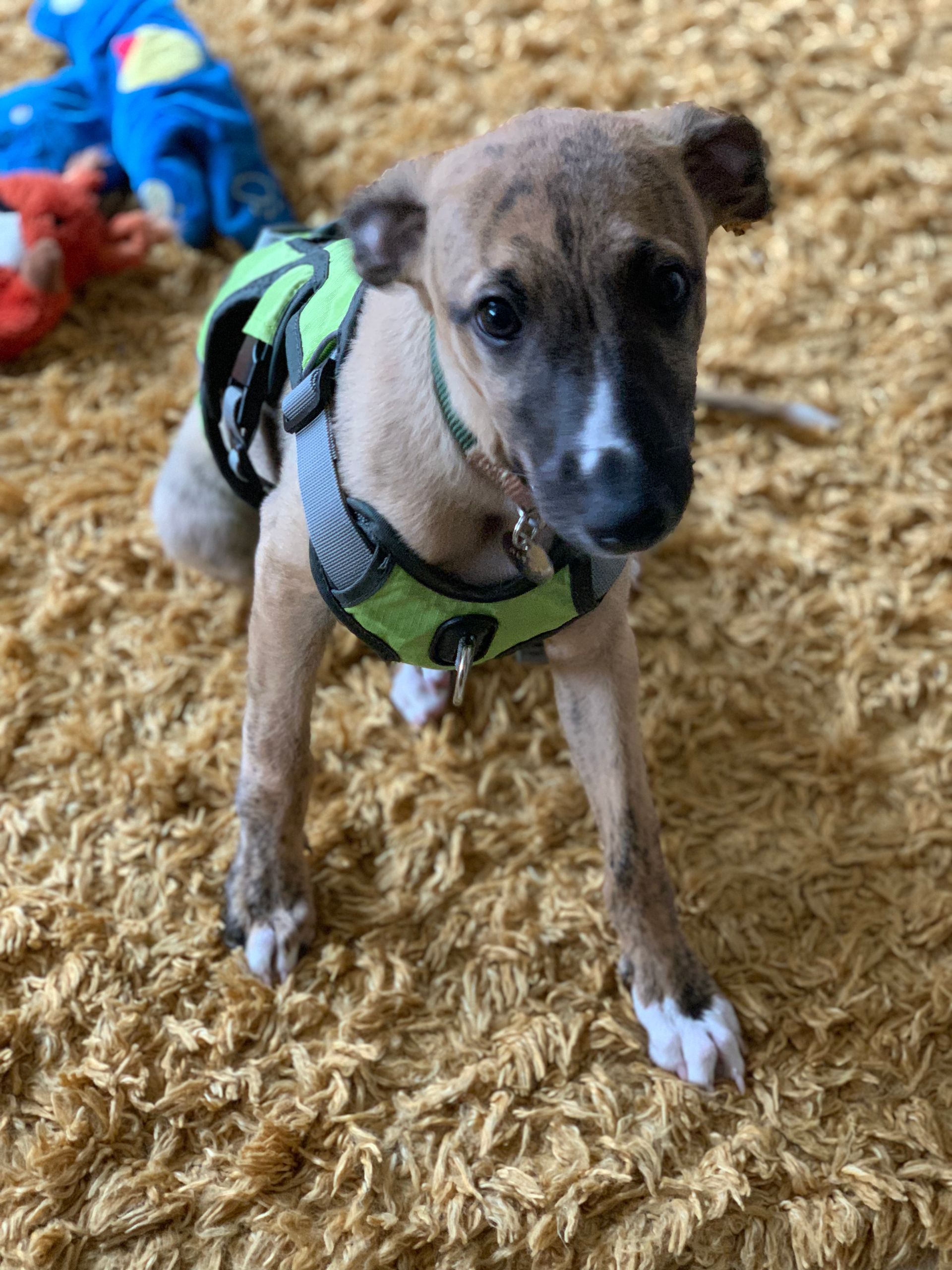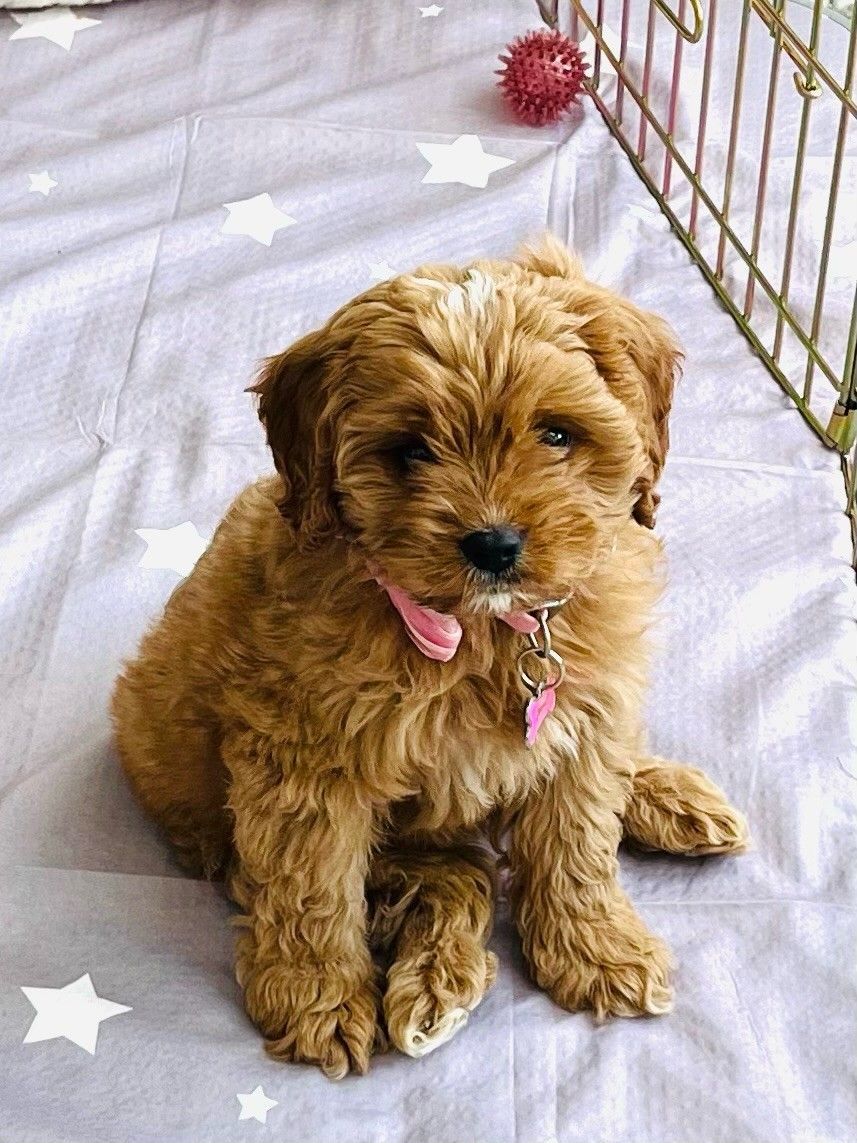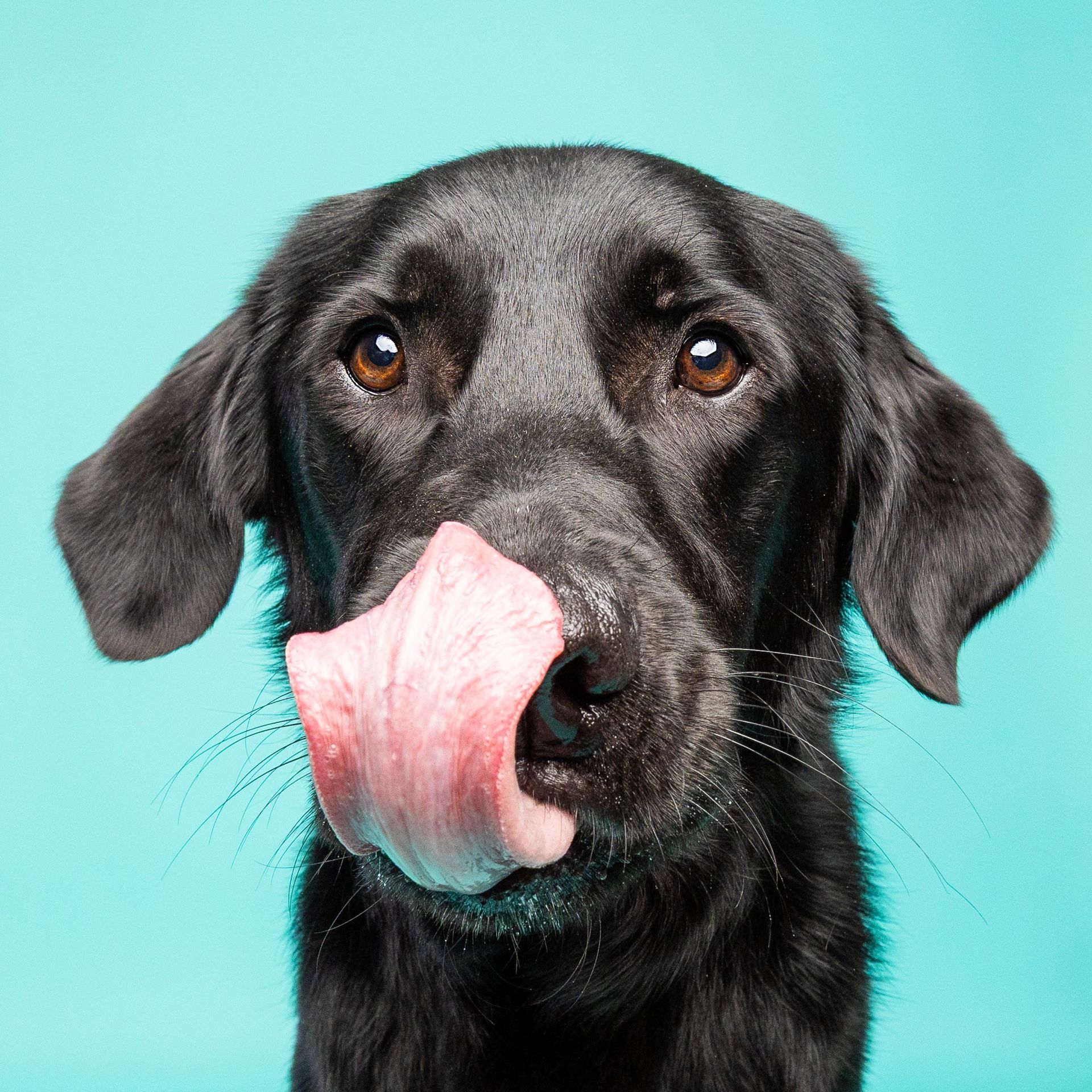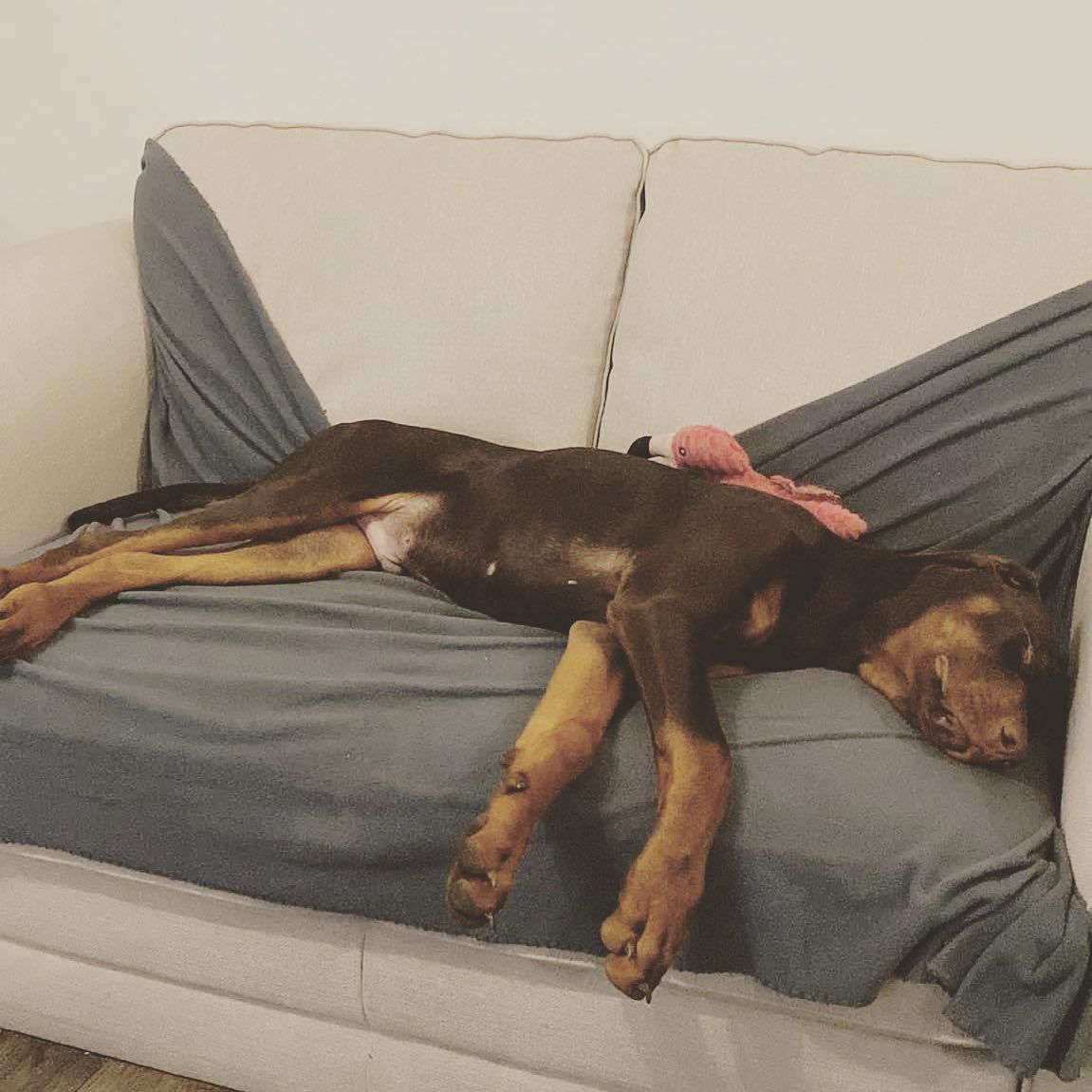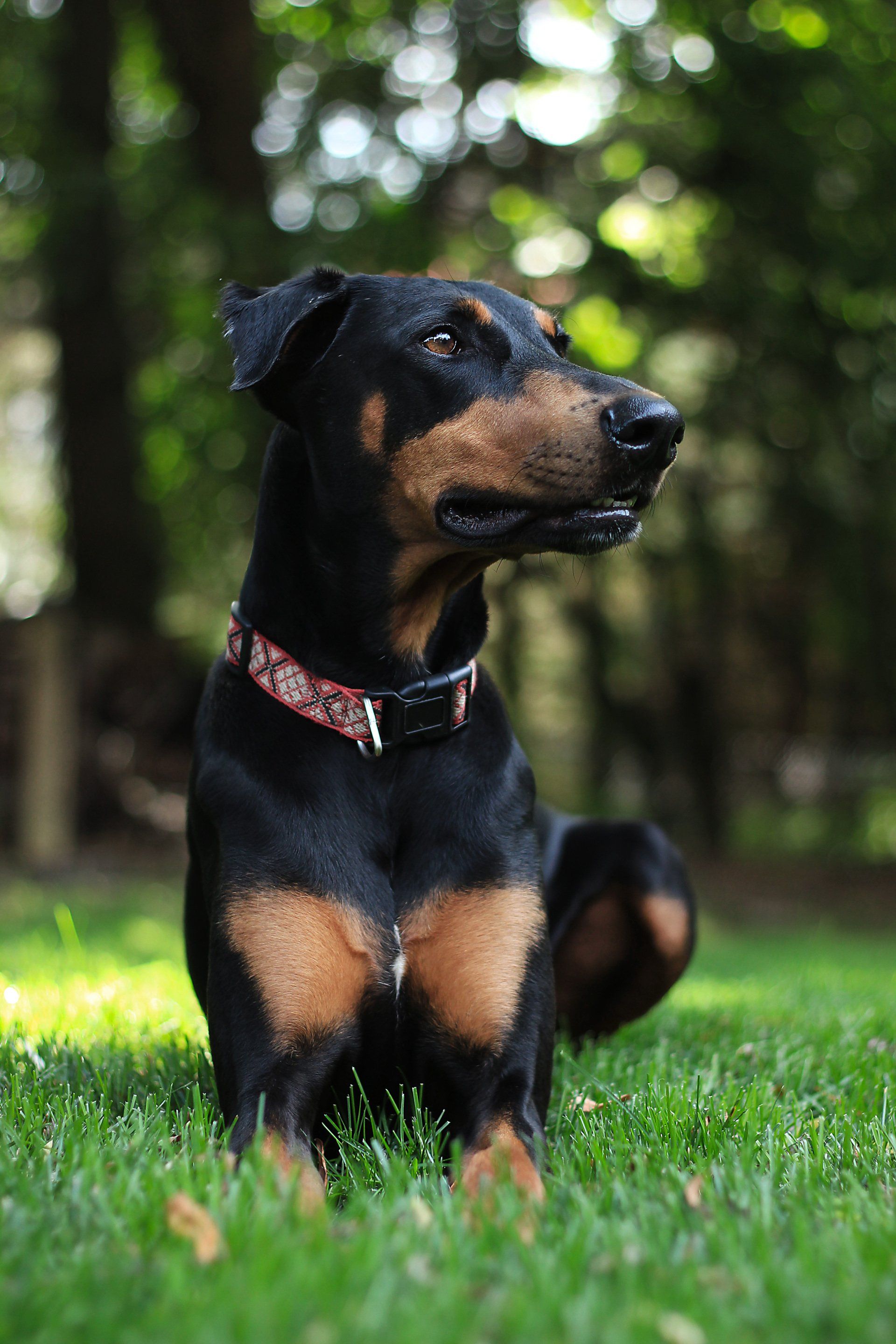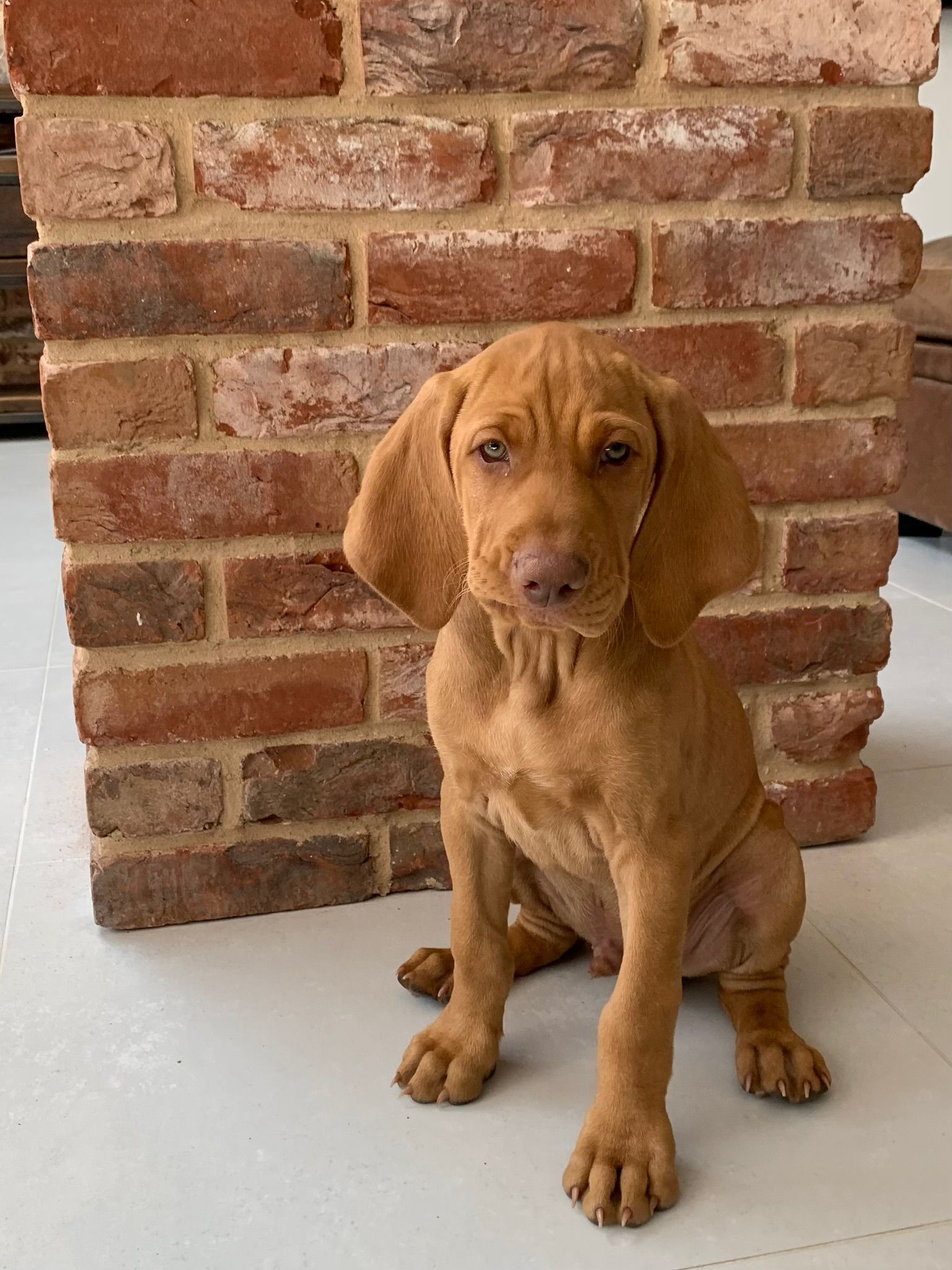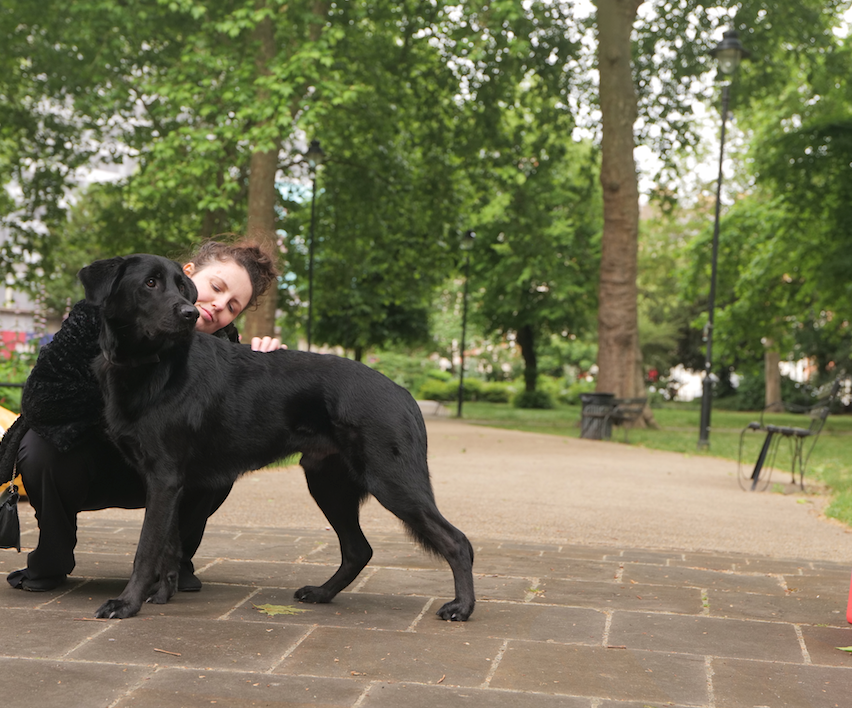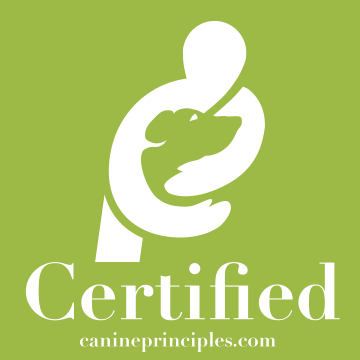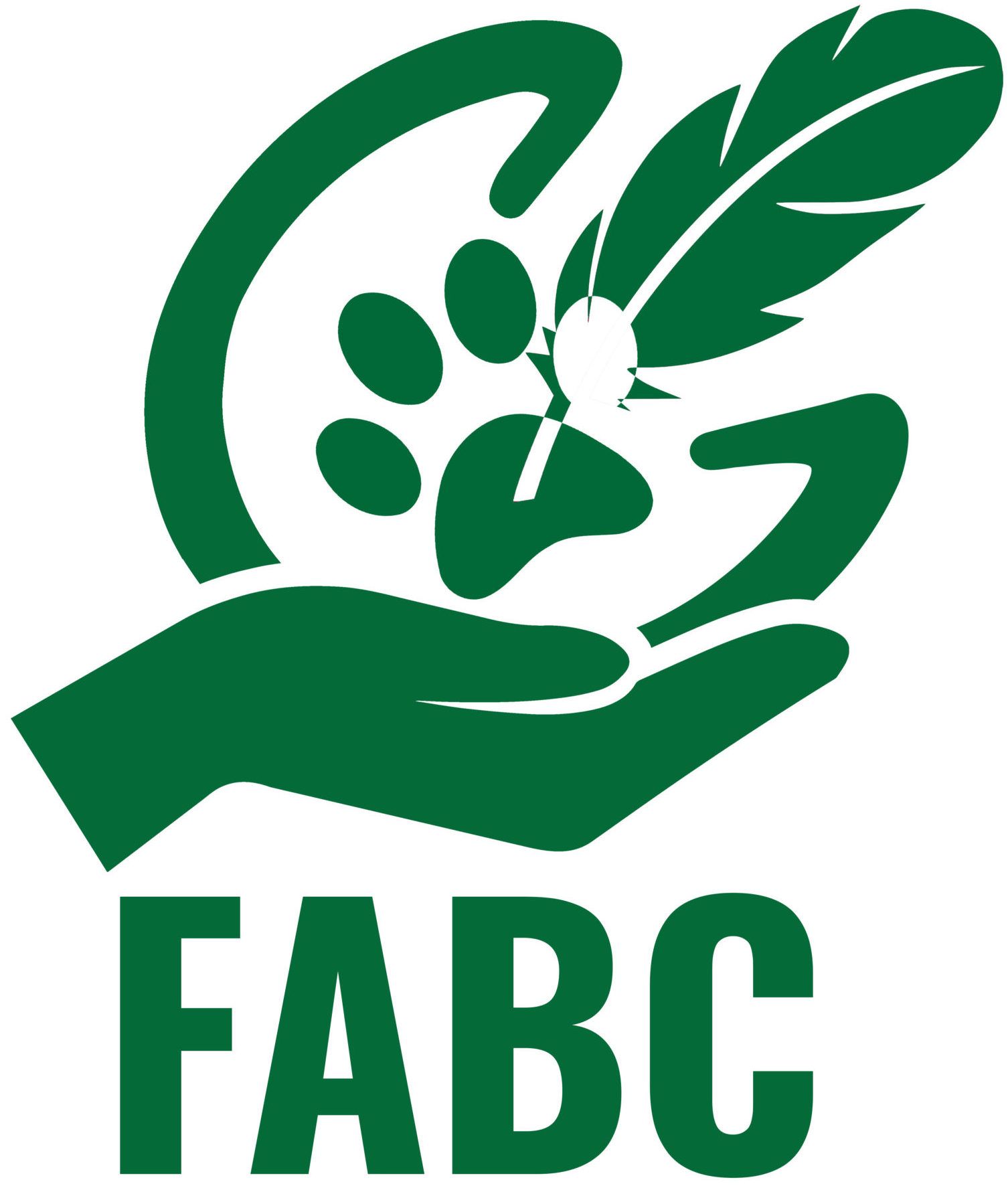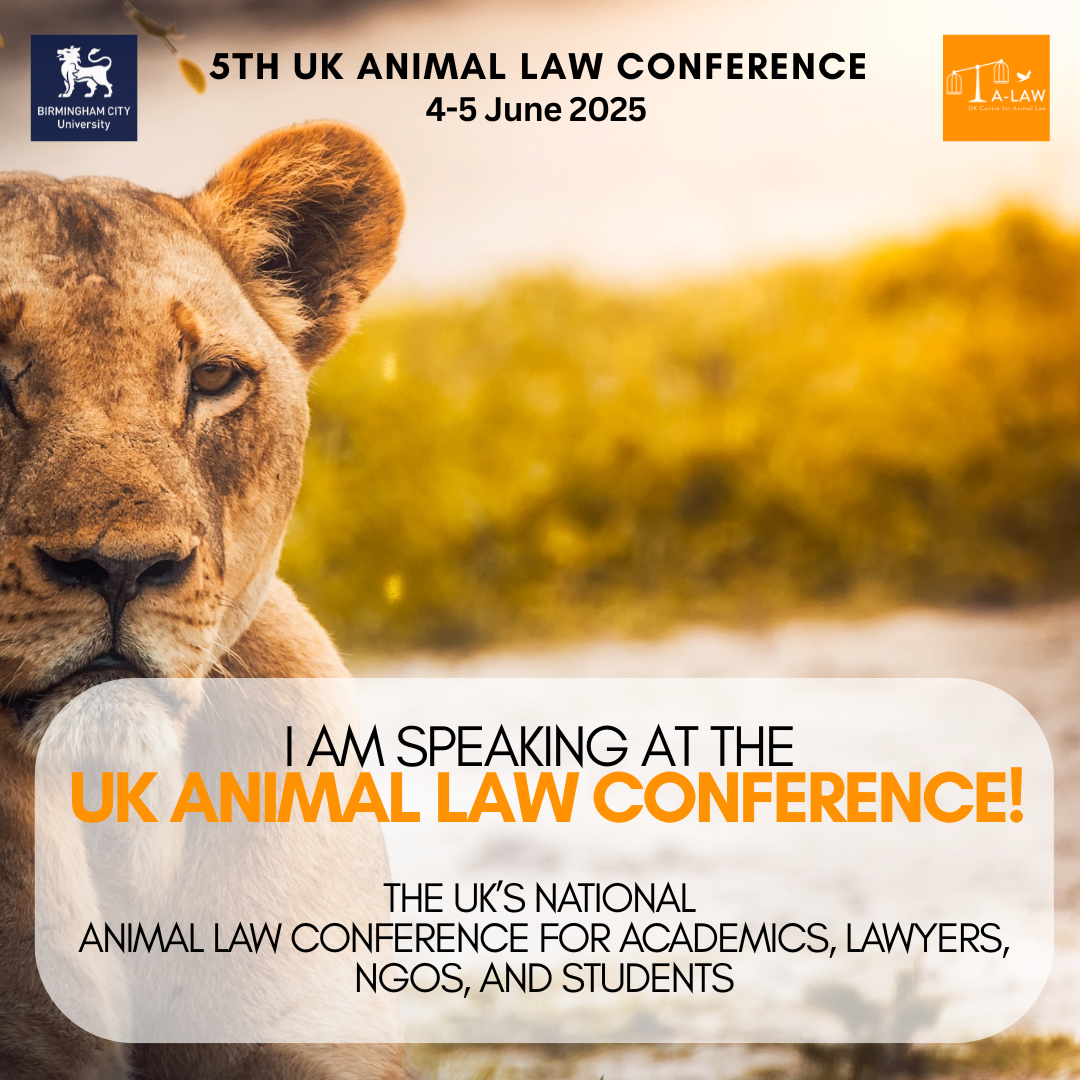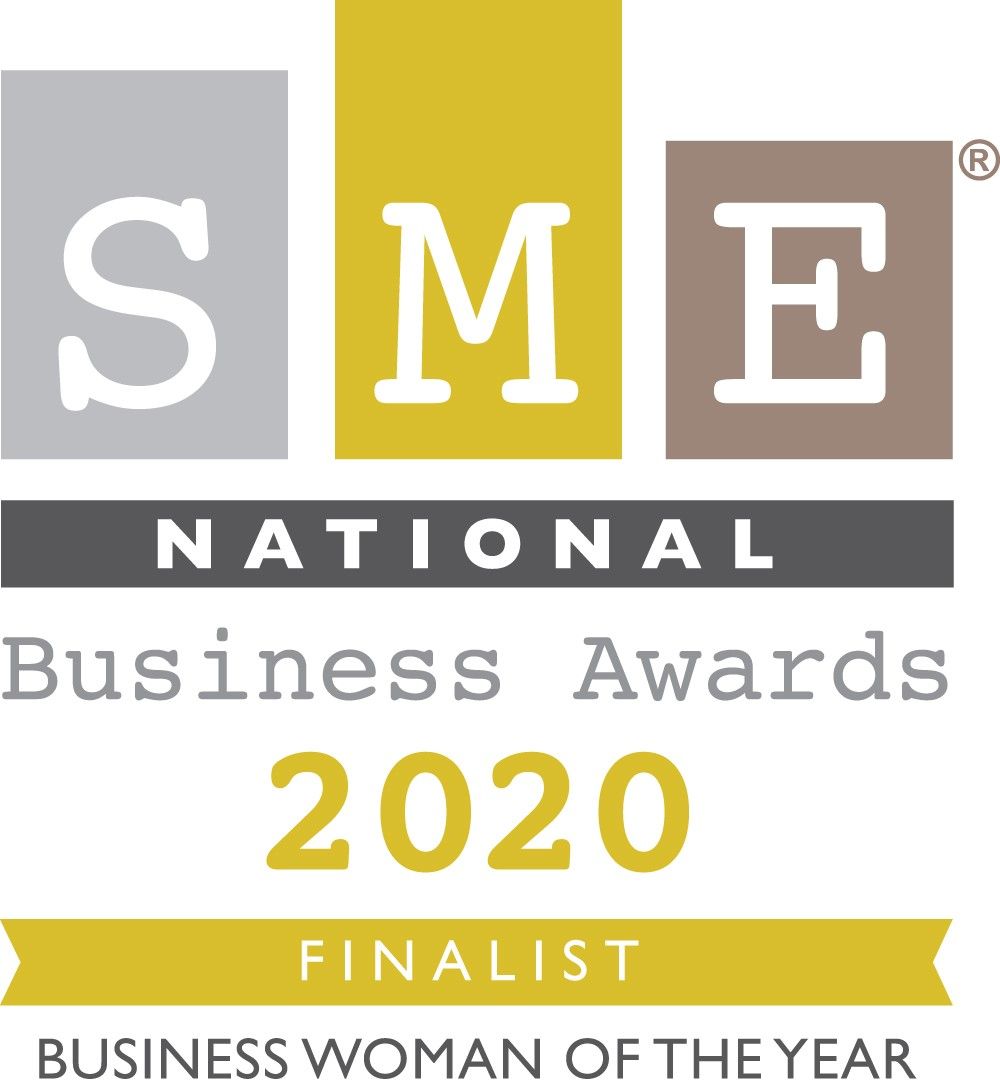Top things you need to know about puppy socialisation
Free for all's can be emotionally detrimental for your puppy.
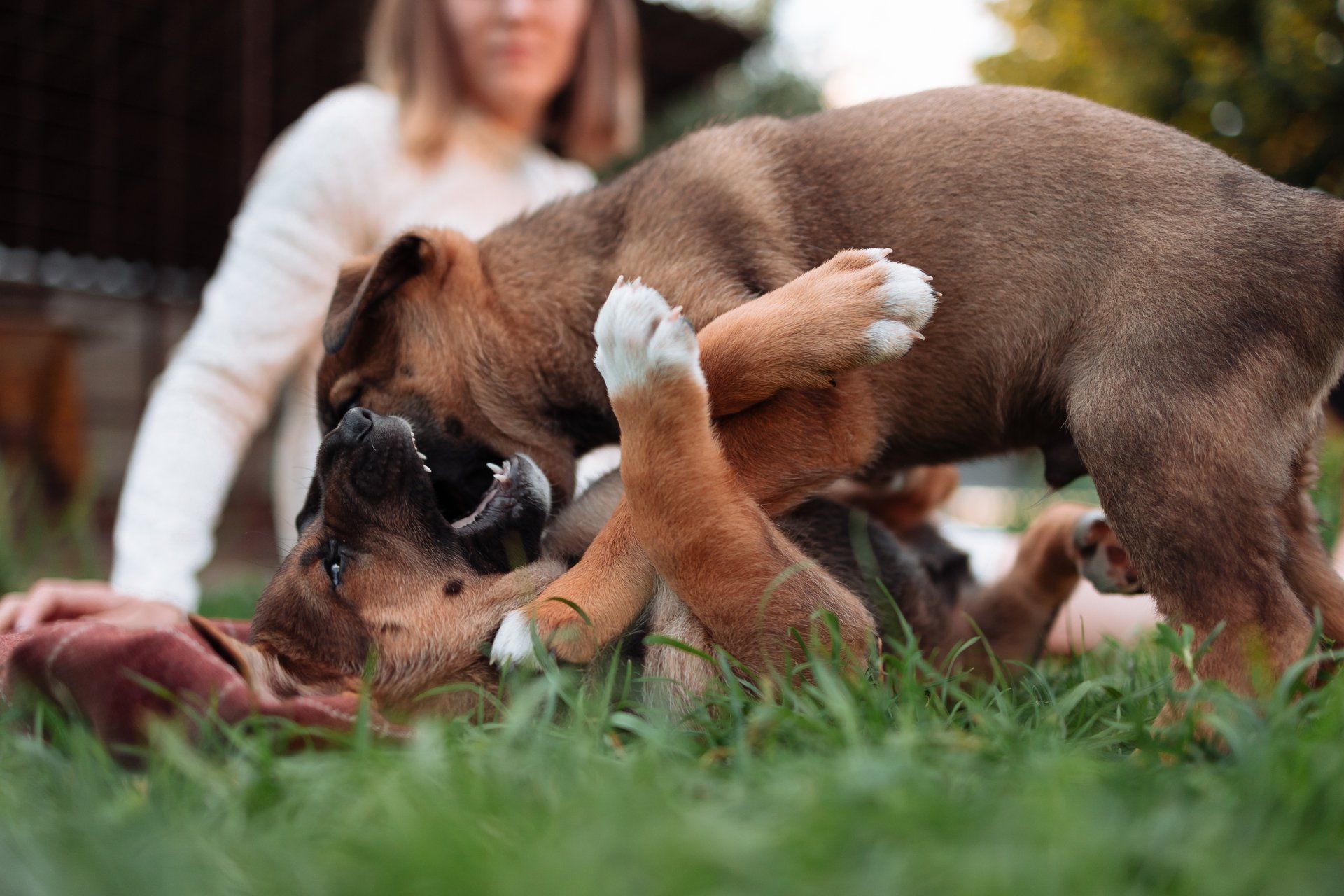
Things to know about socialisation
The term socialisation is sometimes misunderstood. It does not mean allowing a puppy into a room/park of dogs and allowed to get on with it.
Definitions
Socialisation
Learning to socialise and interact with other dogs, people and potentially other animals. It is also about learning social skills around people and dogs so learning to be calm and settle at times. A bit like children in a classroom. This is so that a dog can learn to settle and be calm in a café, on the pavement or in a pub.
Habituation
This means getting used to things such as noises without them evoking a response.
Activities that should be avoided
Pass the puppy
Sitting around in a circle and passing a puppy around can be scary for a puppy. They are likely to wriggle and if they come too close to the persons face they may nip their nose in an attempt to gain space. Being allowed to sniff a person (sniffing is information gathering) and move away if they want will build confidence.
Free for all’s
If this is done in a vet clinic where there are chairs or signs that can fall on a puppy this is an obvious hazard.
Not every dog has the same temperament and some dogs are physically bigger. If a dog is allowed to run around with 30 other dogs that have different play styles then chaos can ensue. A bit like a small child of 3 years old jumping on a bouncy castle with 12 year olds!
Intense cuddling
Puppies are not born wanting to be touched, petted and hugged. Gentle habituation to handling is important and building this up and pairing each touch with a treat is important.
If a puppy is in a sling or held in someone’s arms then and a hand heads for them this can be quite scary. The puppy has nowhere to move to or go as it is physically restrained. It’s better to allow your puppy to have freedom of movement when you can.
What should I do if my puppy is lunging and barking?
It is important to get out of the situation and not allow a dog to rehearse this behaviour. If they are allowed to practice it and it gets the other puppy to move away, they are likely to repeat it as it makes them feel safe.
What about the play bow’s – they mean play, right?
A play bow is a distance creating activity. It does not necessarily mean a dog wants to play. Look at the context of the dog’s behaviour, are they sniffing and avoiding the other puppy, or are they looking at other items to play with or other things to do. It indicates they do not want to engage in rough and tumble play.
What about wagging tails?
A wagging tail does not necessarily mean a happy dog. It will depend on the wag. If it is moving round like a helicopter this is a sign that they are very happy.
Remember that because of selective breeding some dogs cannot communicate body language with their tail. Pugs and bulldogs for example have very short and curly tails.
If a dogs tail is high and fast this could suggest they are worried.
A wagging tail indicates arousal – not that a dog is happy.
What body language should you be looking for to indicate that play is okay?
Puppies need to be mirroring each other’s body language and take it in turns to play, chase and spar with each other.
One puppy consistently chasing after the other can be intimidating.
Would you like more guidance?
Join our socialisation sessions Wednesdays at for puppies under 20 weeks. Click to secure your spot for you and your puppy.
Why?
Free for all's and unsupervised out of control puppy play can be physically and emotionally detrimental for puppies. Puppies are not on a rugby field!
It can lead to a puppy having behavioural challenges such as reactivity.
What’s included?
- Structured play.
- Small groups for individual attention.
- Body language commentary.
- Advice on what play is okay.
- How to teach your puppy to come away.


